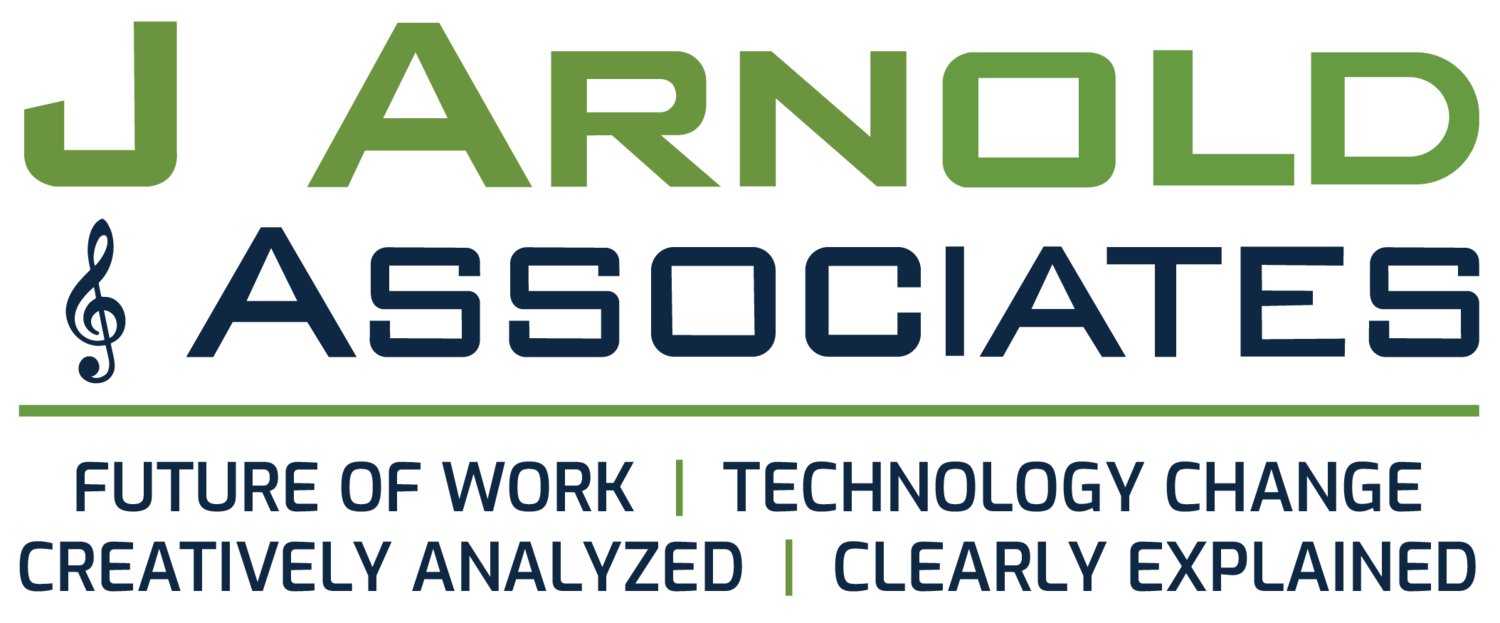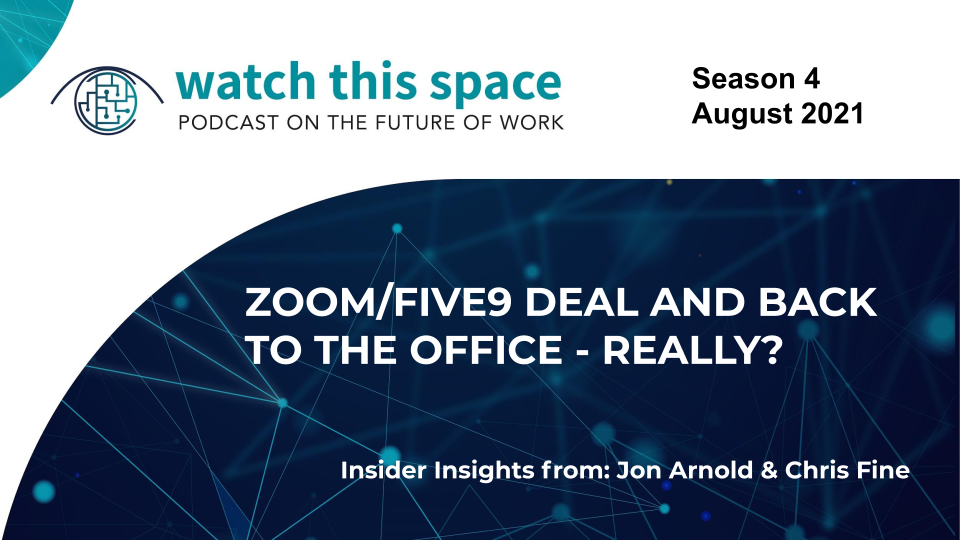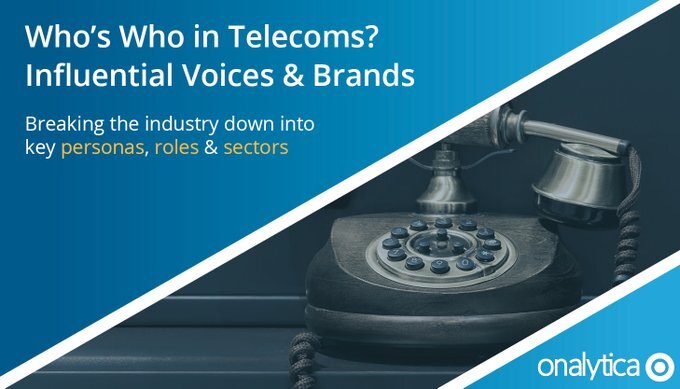Sure has been a while since going to a vendor event in-person. Nothing is in balance these days - I’ve passed on attending other in-person events recently, while others have changed course, switching back from in-person to virtual. So, there’s still plenty of events going on, and this week I attended one in-person - but given the latest pandemic twist with Omicron, it may be a while til I travel again.
There were a limited number of analysts and consultants at Avaya ENGAGE, and given the program I was in, I was only able to take in some of the general sessions. Keeping in mind that the audience was mainly customers and partners, here are some quick takeaways from my perspective.
We’re all experience builders. That was a core message from Avaya, with the main idea being that their OneCloud platform provides enough tools and flexibility to create customized experiences for both customers and employees. This is the CPaaS theme, and to counter the developer-centric approach that Twilio is leading, this is more about how Avaya and partners will work with customers to help them build these new experiences. No guarantee how this will play out, but it’s a good approach to make CPaaS more accessible with a faster time to revenue for Avaya.
MPC - this is Media Processing Core, and is another pillar of Avaya OneCloud. I’m not that technical, but this is the common layer supporting all their cloud offerings - CPaaS, CCaaS and UCaaS. For customers, a key benefit is that by having media processing done in the core, bandwidth requirements are up to 80% lower. Being the common layer, it’s also easier for “experience builders” to innovate, drawing from across all these cloud platforms. I get that.
Composable enterprises. I’m not alone in being unsure what this really means, but it’s become a main talking point for Avaya. Again, I can’t explain this one very well, and for me, the OneCloud concept is easier to grasp. To be a good experience builder, you need a platform that works across all the core cloud platforms, especially as the needs of today’s hybrid workplace become so fluid. I think we all get that, and for me, terms like agility, flexibility, adaptability come to mind well ahead of composability. How about you?
Joe Pine and The Experience Economy. I’ve seen this author speak before, and not only does he explain things better than just about anyone else, but he put some thought into tying this trend to what Avaya is doing, and what the audience really needs to hear. In short, I loved his Starbucks example, where a cup of coffee costs about 3 cents, but as part of the Starbucks “experience”, they can sell it for about $3, and often more like $5-6. So, “which business would you rather be in?”. Am totally with Joe on this one, where success in the experience economy is about taking a commodity - coffee beans - and transforming it into a personalized experience that truly engages customers. Key point - the innovation is around creating the experience, and not building a better product. Yup. This is exactly what Avaya is trying to do with OneCloud and composable enterprises - I just like the way Joe explained it a whole lot better. :-)
Is Avaya a follower or a leader? Just a few thoughts here - and there’s lots more to talk about. CEO Jim Chirico cited some strong growth metrics, like 6,000 new customers in 2021, many of those being $1 million dollar accounts, 95% of ARR coming now from enterprises, and 6 straight quarters of growth. The company seems to be on stable ground financially, and the portfolio looks pretty strong. On the other hand, they have a lot of big strategic partners, such as RingCentral, Nvidia and Google CCAI. Every vendor relies on partners like these, but for a company looking to maintain - or regain - leadership with such a rich legacy, it seems to me that innovation is coming more from without than within.
Follower or leader, part 2. I only attended general session talks, but don’t recall seeing any bold new offerings, and didn’t hear anything about mobility. To be fair, I did see one thing I thought was cool. On stage left, there was a towering rectangular box that kinda looked like a phone booth or even a giant tablet. Well, it was projecting a hologram of a guest speaking in New Zealand, life-size, in real time. Seen this sort of thing before, but it was impressive - almost looked like Houdini trapped in a water tank, and we’re waiting to see how he would escape. Anyhow, that sure looked pretty different for Avaya, and I found it odd there was no mention about this one cool thing that worked really well. Maybe a missed opportunity? Finally, coming back to the numbers, it’s also worth noting that Avaya’s revenues are much bigger than most of their UCaaS/CCaaS competitors, but the opposite holds for market cap. For 2021, Avaya has roughly double the revenue of RingCentral, yet Ring’s market cap is 10x - ten times - that of Avaya. As to whether you view Avaya as a follower or a leader, I guess that depends on which metrics you use!
A few photos to leave you with - CEO Jim Chirico, CMO Simon Harrison, Author Joe Pine, and Harry Houdini in the water tank - actually, it’s Nathan Fa’avae from New Zealand - cool!
































